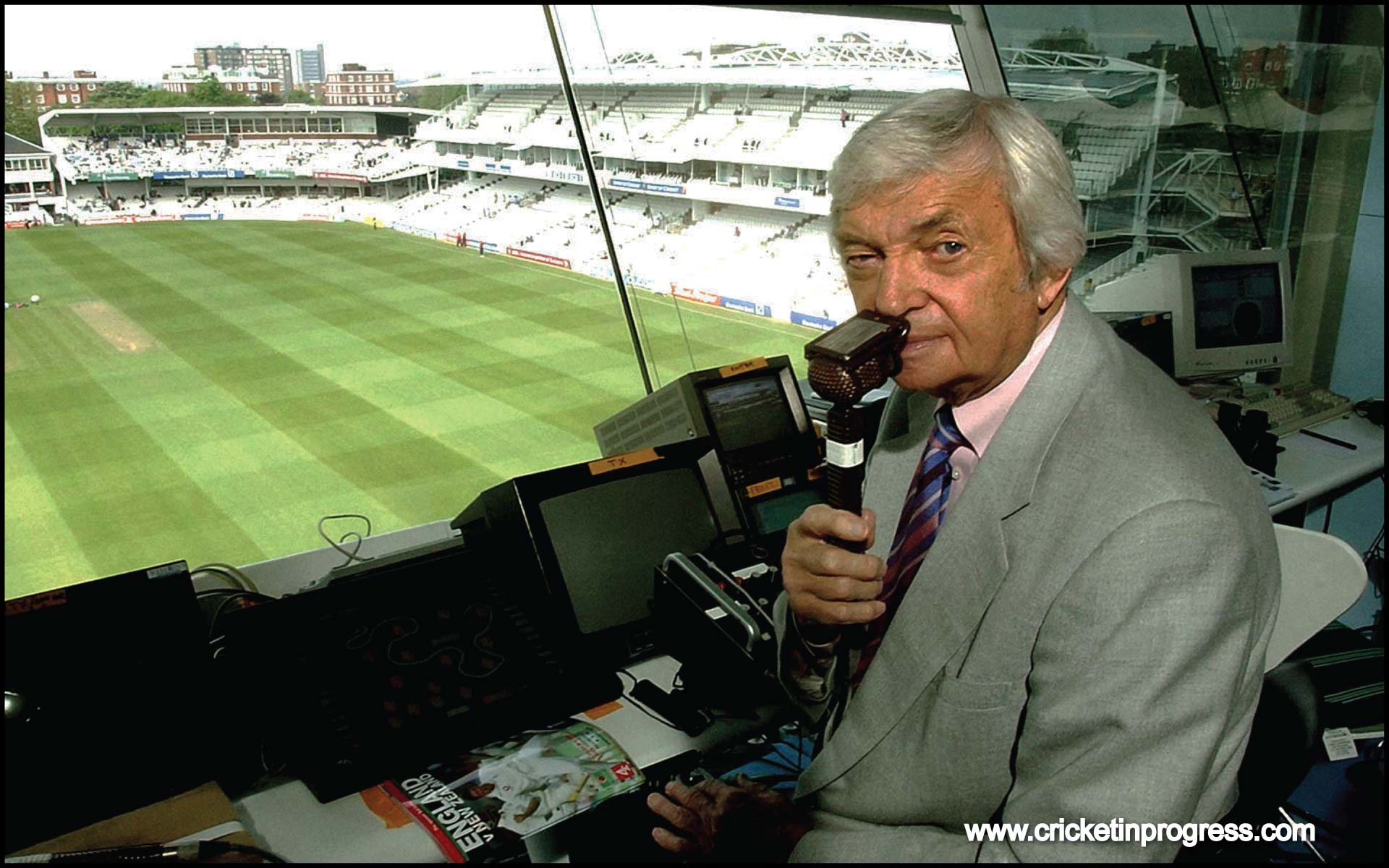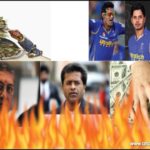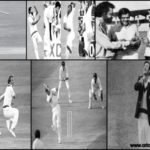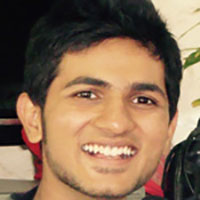The Lost Art that is Commentary.
Cricket is as much about commentary as it is about runs and wickets. Commentary in cricket is potent. It is vivacious. Moreover, it is contagious. Try watching a cricket match on mute and then watch the same match with a sound. Personally, I always hated watching cricket without any sound. Without commentary, you fail to arrest the true essence of the match. The power of commentary is such that sometimes, you picture yourself at the actual stadium. Think of a certain Danny Morrison, words few but expressions aplenty, who, when has a microphone in his hand, is a class apart and a treat to watch, listen.
When somebody wrongs you, you lookout for reasons to dislike them. However, that dislike if often unjustified or even short-lived. It is a whole different ball-game when that somebody wrongs a mass of people. The dislike then is called for and justified. This brings me to a series of names – Sanjay Manjrekar, Aakash Chopra and Jatin Sapru. Ever since I could understand cricket, I have wondered the positions these people hold. Apart from the banal level of commentary they employee, the other thing these 3 ‘personalities‘ share in common is their lack of knowledge. Be it Sanjay Manjrekar’s personal attacks, be it Aakash Chopra’s degrading standards or be it Jatin Sapru’s scripted commentary.

Modern commentary has reached a saturation point. If I didn’t know any better, I’d say that the only boring thing in cricket is the level of commentary these days. There are remedial measures being taken to keep cricket interesting; fielding rules are being changed, bat sizes are being limited, new leagues are being formed, different pitches are being turned up. What also should be done is the filtering of commentators. If anything, they play a role in keeping the viewers at home glued to the game. While it is true that there was no scientific process that yielded out commentators of the class of Richie Benaud or Harsha Bhogle, it is also important to realise that when dust gets stuck, it is time to change the filter or replace the filter altogether.
It isn’t a co-incidence that there are no commentary audios or videos of commentators other than Richie Benaud, Tony Grieg, Harsha Bhogle, Danny Morrison and Ravi Shastri. Here is a compilation video of some of the best moments of the best commentators.
Richie Benaud – the voice of cricket. The only exposure I’ve had to his commentary was via Cricket ’07, the video game. Even there, his commentary was soothing than anyone else’s. 2 years since Harsha Bhogle’s exile from commentary and believe me, volumes of TV sets have gone down since. Harsha Bhogle’s commentary is a commentary meticulously woven. It is a perfect blend of facts, emotions and drama, just like a hot cup of black coffee perfectly brewed. Everyone who has closely followed IPL knows about Danny Morrison. Danny is the man. The bald head, the flexible eyebrows and the energetic voice were more than just parts of body. Mind you, Danny’s commentary was not about content, rather it was about how he put forward the content.
Famous-cricketers-turned-commentators has long been a trend. Sunil Gavaskar, Ravi Shastri, VVS Laxman, Shoaib Akhtar, etc. But, to me, these are all mundane commentators. While Ravi Shastri has a voice different than others, his commentary is flat-lined. Sunil Gavaskar probably never followed the cricket ball as much in his playing days as much as he is sitting in the commentary-box, which very clearly underlines the fact that commentary in cricket, or for that matter, in any sport, is not about following the ball or describing each and every event as it occurs. Commentary is about using the magic of language and literature to put something different on the table.
Arguably, Wasim Akram stands out from the above list. His commentary is very insightful. In fact, hands to god, I learned in-swing bowling from him when he was demonstrating it on air. He has always had interesting inputs on the field placements, the “could-be”and “should-be”, which often left me awestruck. It is hard to forget Navjot Singh Sidhu when you are talking about commentary. Ignore his recent comedy shows debacles, he is a good orator. I had the opportunity to witness some of his commentary from the mid 2000s and it brought about a sense of excitement in you. His energy in commentary rubbed off on the viewer and got him to be further involved in the game. The irony, however, is that I am yet to meet a cricket watcher who shares the same view about Sidhu as I do.
Commentary is not about following the ball. It is not about saying “The ball is in the air, fielder underneath it. Is it going to be a catch? “Everyone knows that if the ball is in the air, it is either going to be a catch, a dropped catch, a 6 or a safe landing. Commentary is not about stating the obvious. Commentary is not about being flat lined. Commentary is an art, a privilege. Commentary in sport is a huge responsibility that has to be honoured with all integrity and heart. After all, someone who claims “Sachin Tendulkar only got an opportunity to play and become the great Sachin Tendulkar because I got injured“has no credibility whatsoever and deserves no place in this wonderful arena.
PS: I’ve always wanted to be a commentator and maybe even have my own talk-show based on cricket. I still do.













